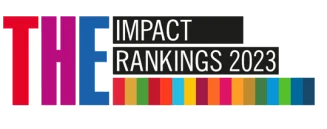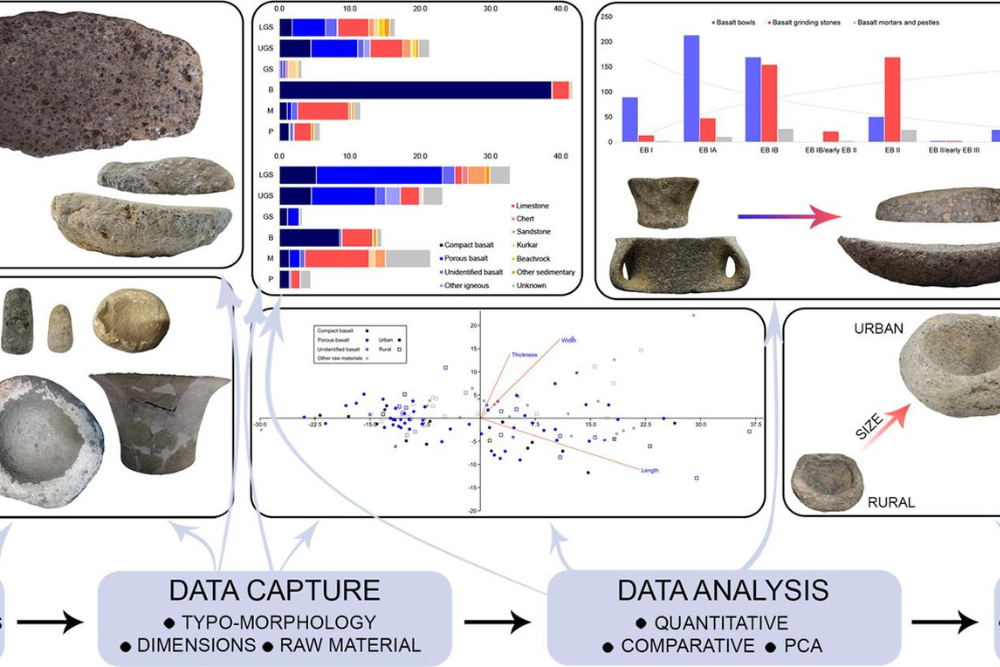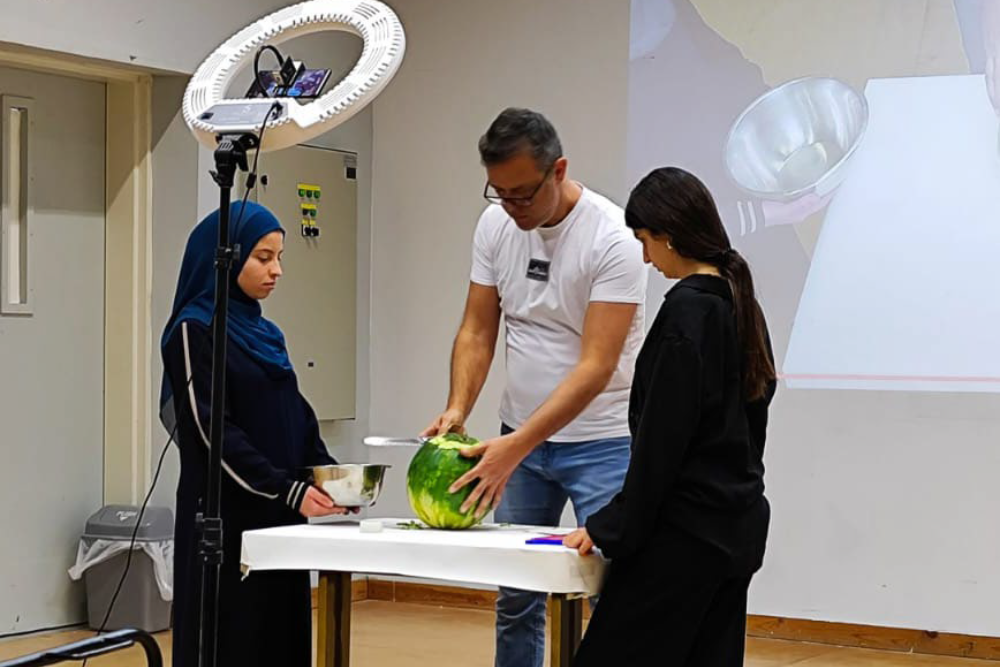Food on campus sourced from farms practicing sustainability
By: Operations Department
Published in:
SDGs : SDG 02 | Units: Administration | Time: 2024-ongoing | Link
Description: The University created a plan to ensure that food on campus is sourced from sustainably farmed practices. As part of this initiative, the University has implemented a contract with food suppliers to mandate their commitment to procuring fresh produce from local farmers to the greatest extent possible. These sustainable food options are offered to the whole diverse university community,
(more…)








